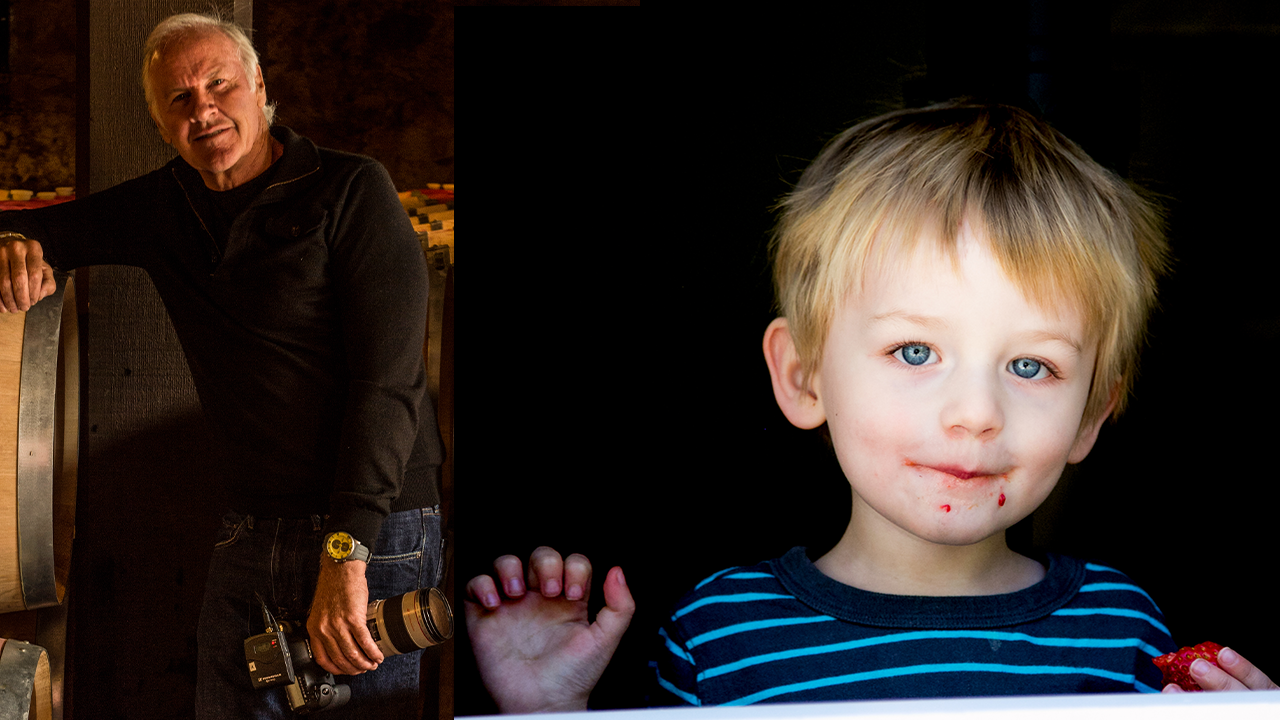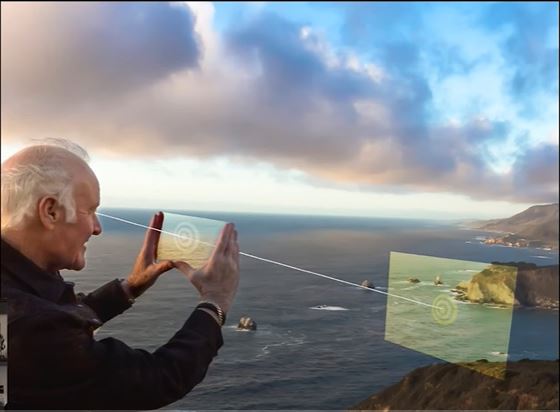
A man in North Waziristan, Pakistan, holds a piece of missile fired by a U.S. drone. Photo by Noor Behram.
Photographer Noor Behram’s new photo exhibit makes a shocking claim that many supporters of the War on Terror don’t want to hear: far more civilians are killed by U.S. drone attacks than the United States wants to admit.
“For every 10 to 15 people killed, maybe they get one militant,” says Behram, who has spent the last three years documenting the aftermath of drone strikes along the Afghan-Pakistan border. “I don’t go to count how many Taliban are killed. I go to count how many children, women, innocent people, are killed.”
Behram’s new exhibit, which opened Tuesday at the Beaconsfield gallery in London, features photos from 28 drone strikes that showcase the horrors of war suffered by civilians. Documents From the Frontier will feature “a cache of hitherto unseen images taken by a local journalist in the tribal regions of Pakistan reveal the unequal human cost of remotely controlled war machines,” according to the Beaconfield website.
Sponsored by rights groups Reprieve and the Foundation for Fundamental Rights, a British association established to help drone strike victims, the exhibition features photographs, many of them gruesome, of the destruction left by the attacks. One heartbreaking image shows an 8 year-old child allegedly killed by a drone, his body decorated with flowers in preparation for burial.
While verifying kills made by drone strikes is highly difficult, and local support for the military tactic depends on al Qaida influence in the area, it’s undeniable that these sorts of images show a side of the war that not many officials are willing to talk publicly about. And for Reprieve director Clive Stafford Smith, the photographs are one way to show people the truth.
“I hate to expose the world to pictures of a child with his head blown half off, but that is what the U.S. military calls ‘collateral’ damage,” said Smith. “This is another terrible U.S. policy in the war on terror.”







How can a photographer decide “who is Taliban?” or “who is Al-Qiada?” The photo above implies that the man as a “civilian” but we don’t know because the enemy wears civilian clothes and hides among the population – they don’t wear uniforms and keep separate like our troops. The “collateral damage” in Afghanistan is much less than when we carpet bombed Dresden!!! When the Muslims stop supporting Jihad, they will stop dying. This photographer has become a part of the propaganda machine that “assumes” these are civilians and tries to push an agenda.
War is he’ll! We didn’t start this war. We were attacked by Muslim’s, and now they are complaining about “collateral” damage. How many innocent people were killed on 9/11? How many innocent women and children are killed everyday in homicide attacks in Muslim countries? These animals attack their own mosques because they belong to a different group of Muslims than them (Shiite, Sunni). They need too clean up their own act.
If we knew wars involved slaughtering thousands of innocent people, we might not choose to spend so much time fighting them. Then where would we be? Driving electric cars?!
I think war photography should attempt to traumatise. It’s offensive that we hide it from ourselves.